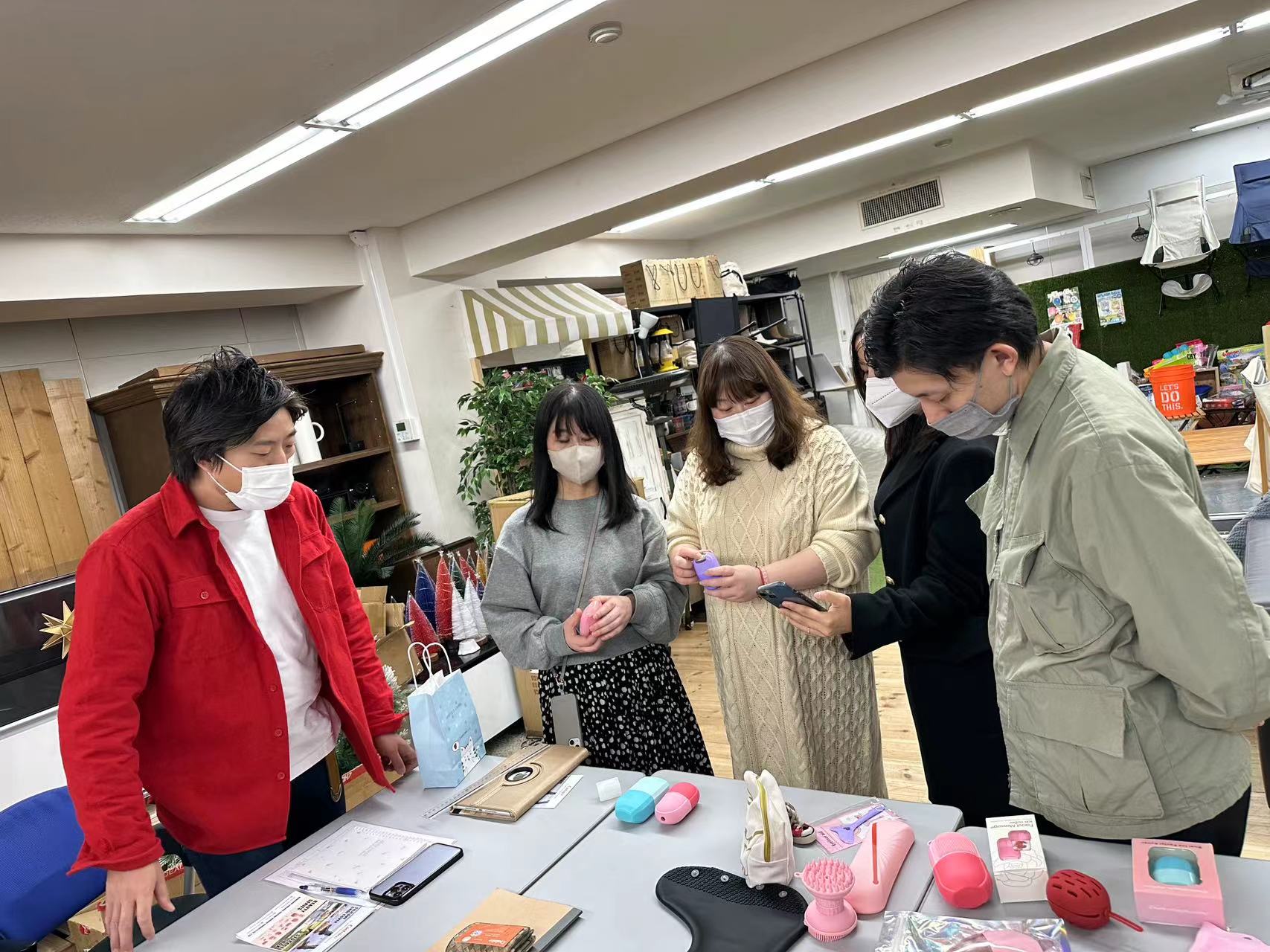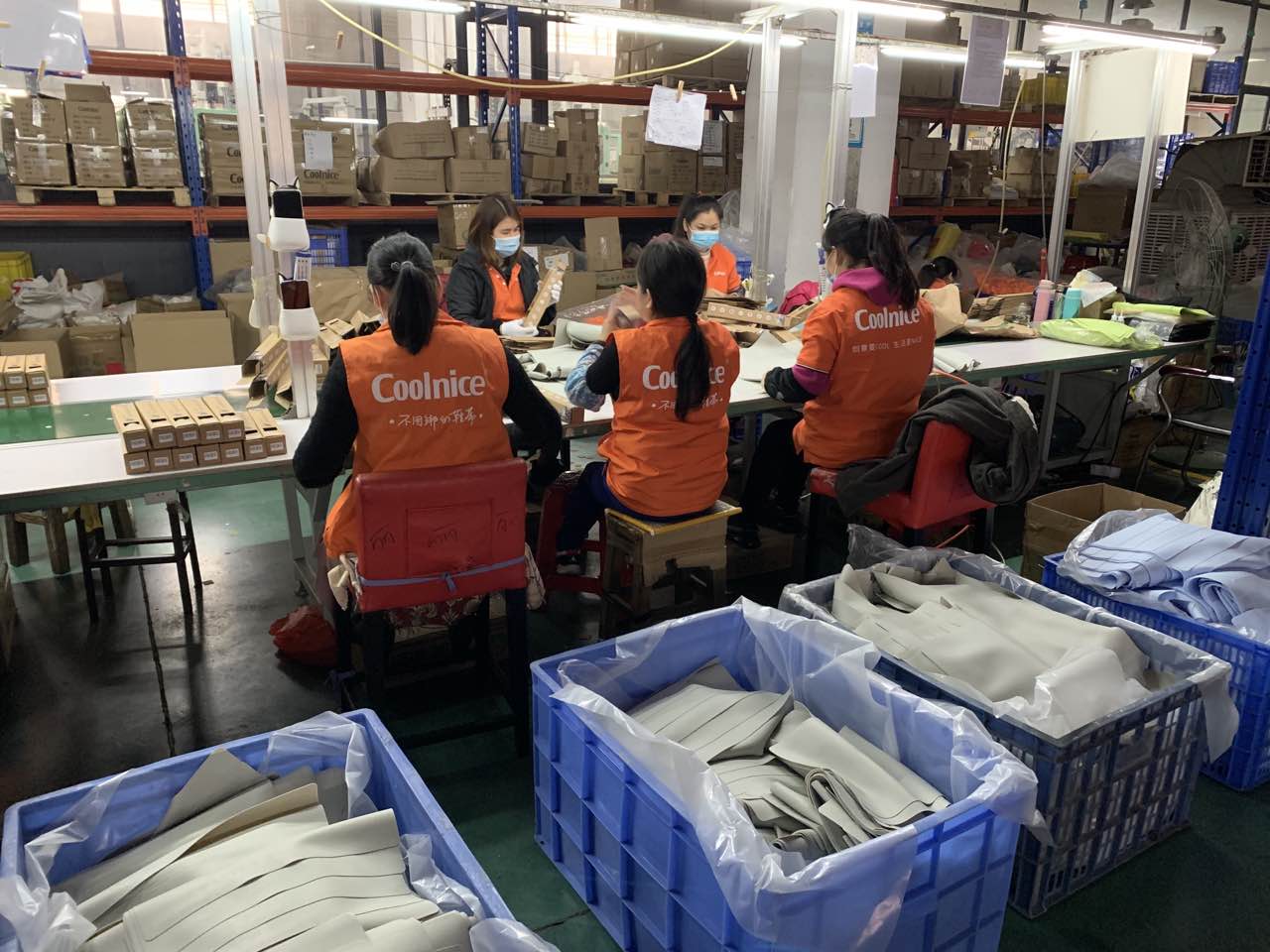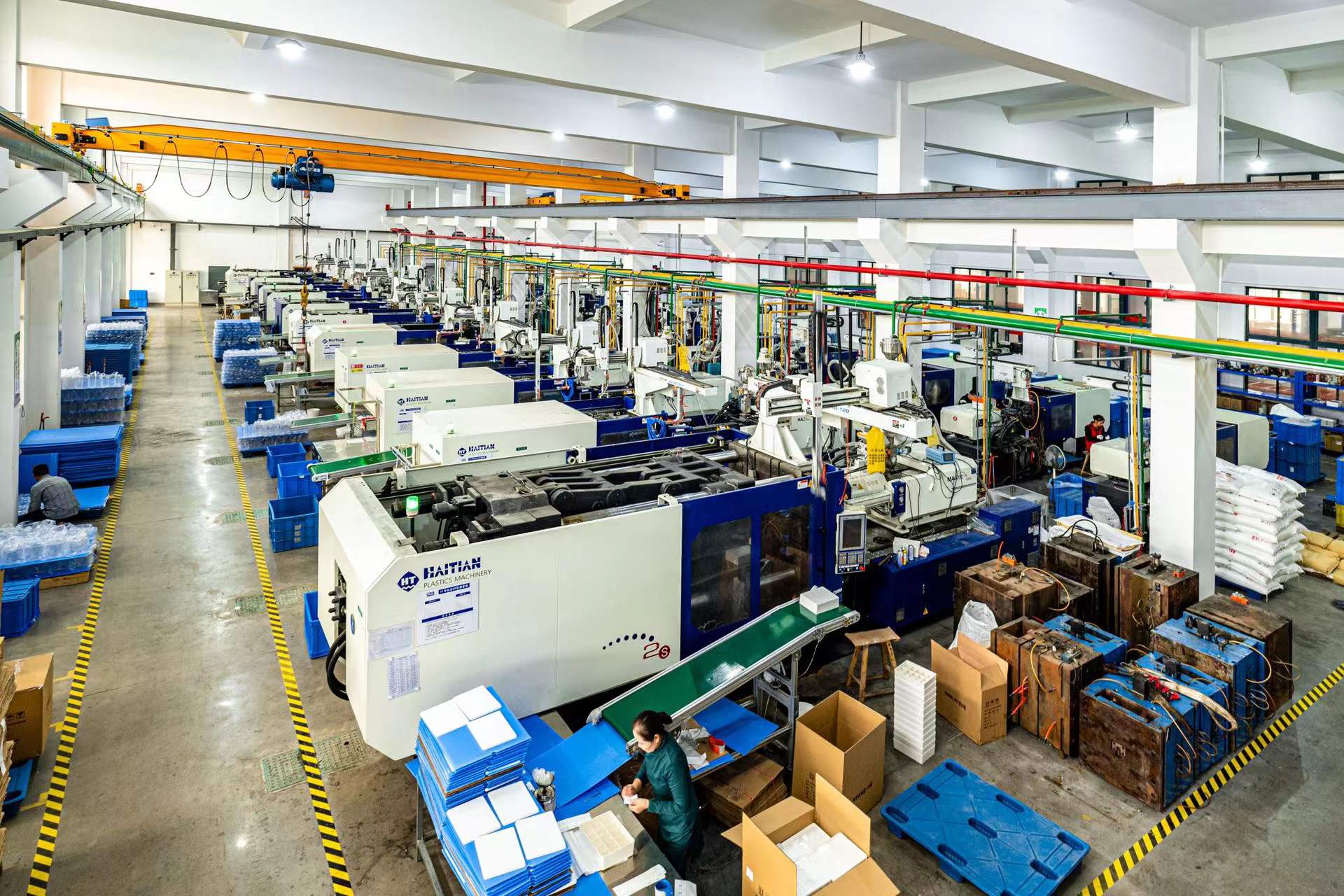1.Requirement Communication and Understanding of Customized Products:
In this initial phase, establish effective communication channels with the client to gain a comprehensive understanding of their specific needs and preferences for the customized silicone products. Conduct detailed discussions, interviews, or surveys to gather essential information about the intended use, target market, design requirements, material preferences, color choices, dimensions, hardness levels, and any other specifications relevant to the project. Active listening and open communication with the client are key to ensure that their unique customization needs are fully comprehended.
2.Quotation and Agreement Reached:
Once all the relevant information has been collected, proceed to prepare a thorough and accurate product quotation. This quotation should outline all aspects of the project, including the breakdown of costs, pricing for materials and labor, production timelines, shipping and handling charges, and any additional services required, such as packaging or branding. The quotation should be presented to the client for review and discussions. Engage in negotiations to address any concerns or modifications the client may have and reach a mutual agreement on pricing, terms, and conditions. After reaching a consensus, formalize the agreement by creating a contract or confirmation document that clearly states the agreed-upon terms and responsibilities of both parties.
.






